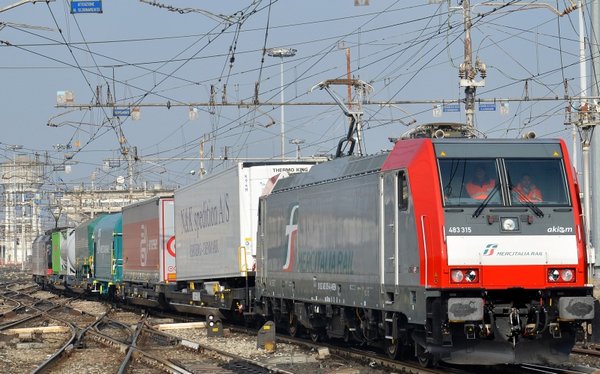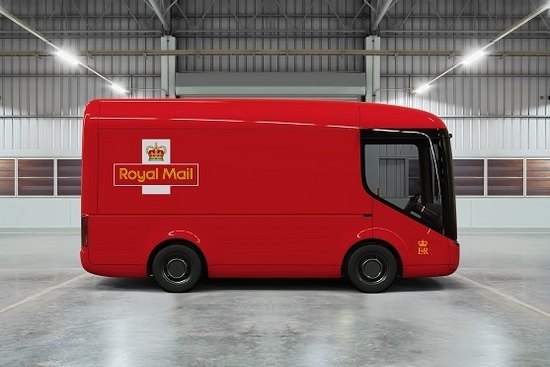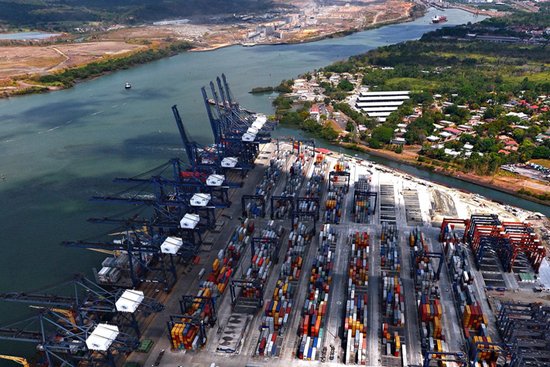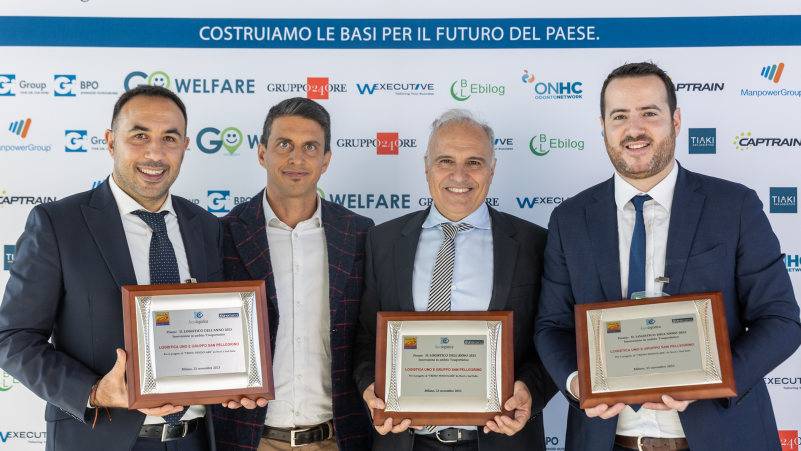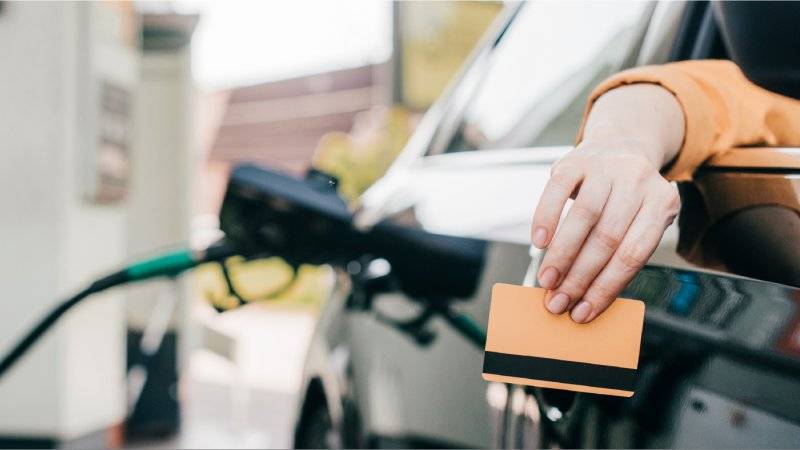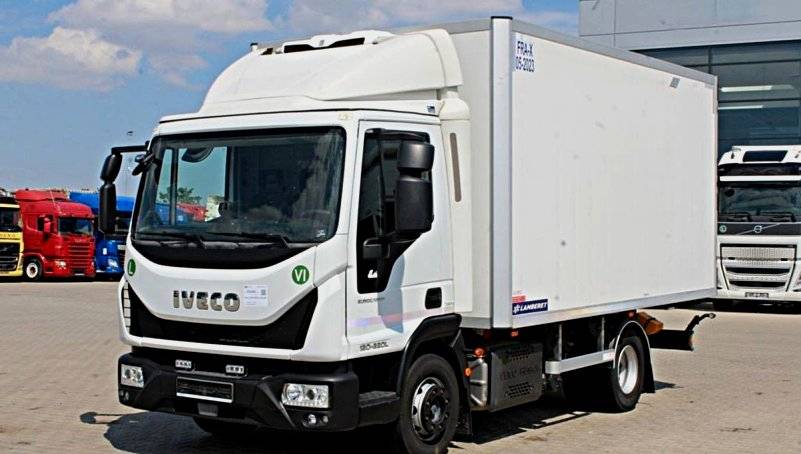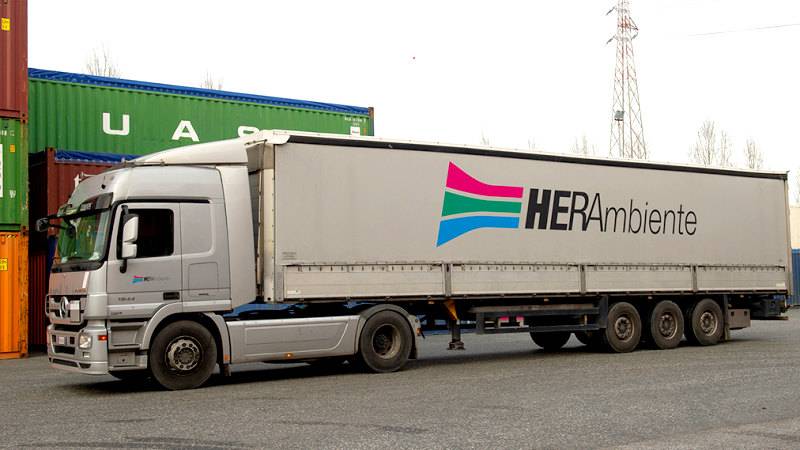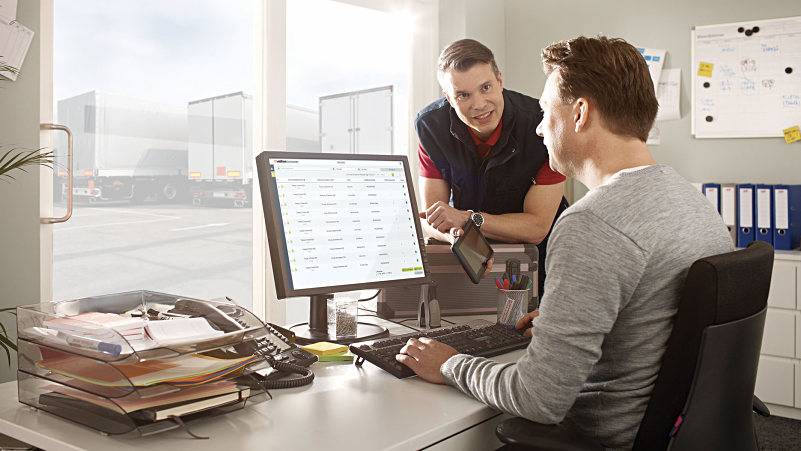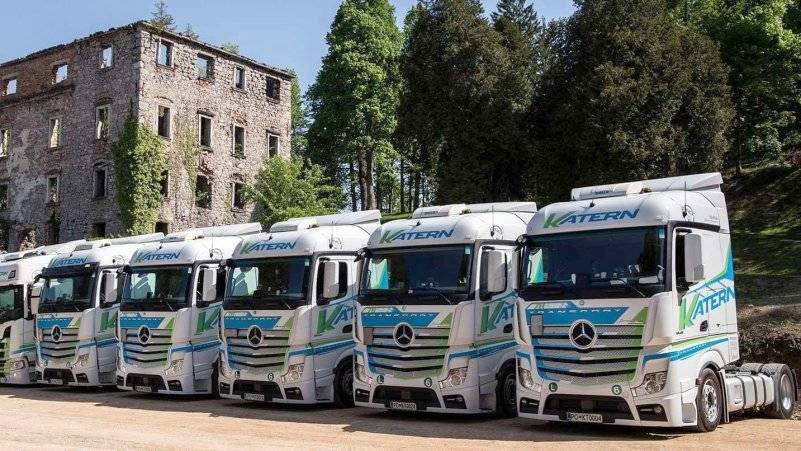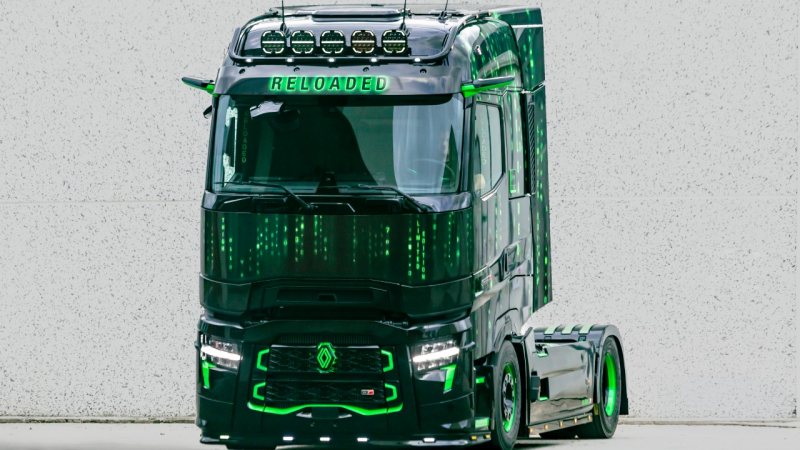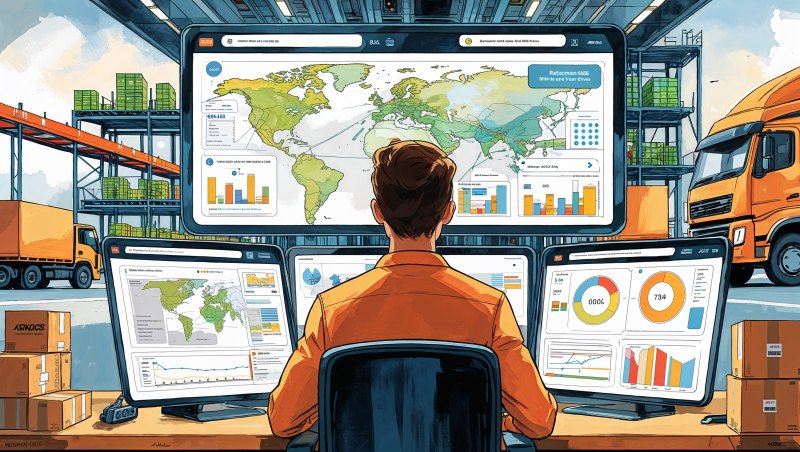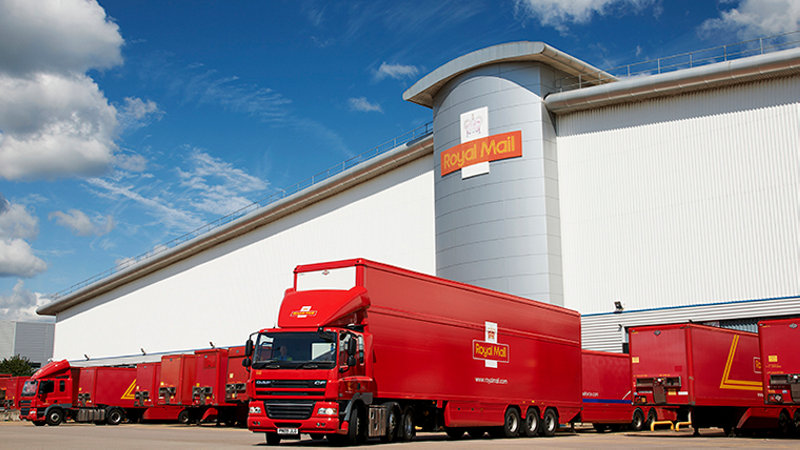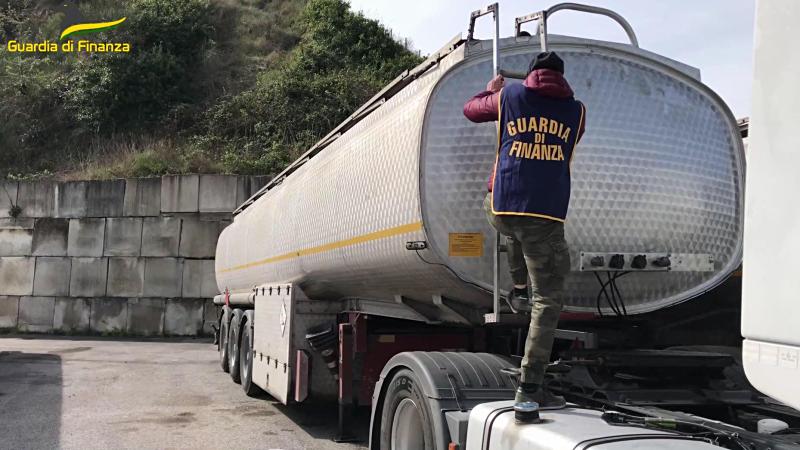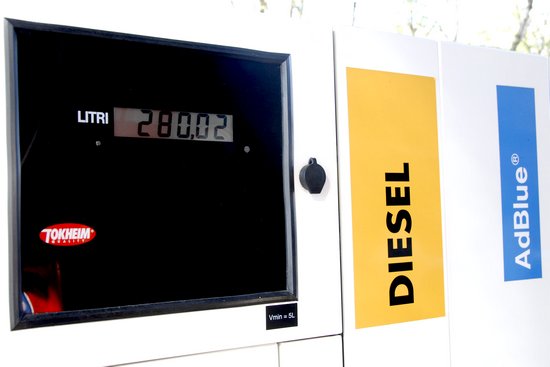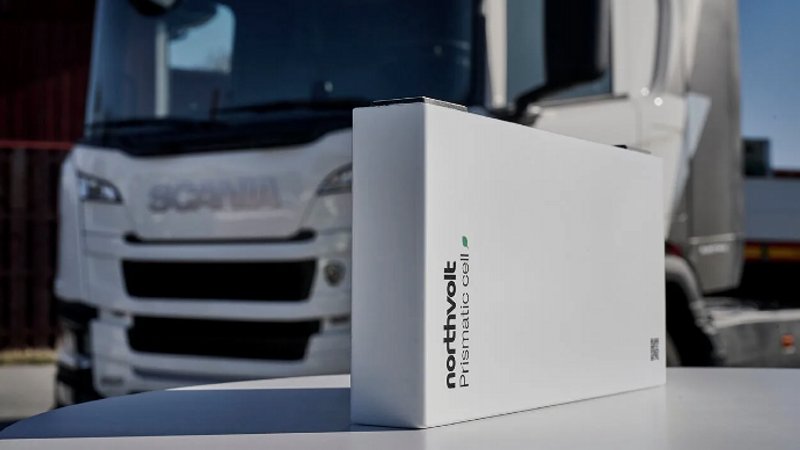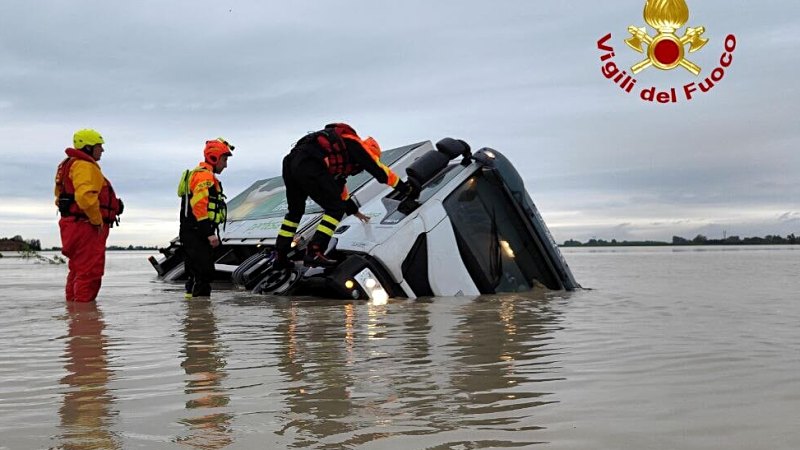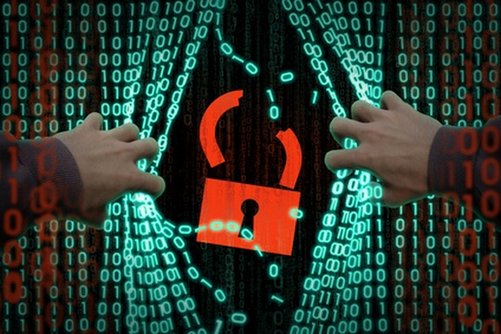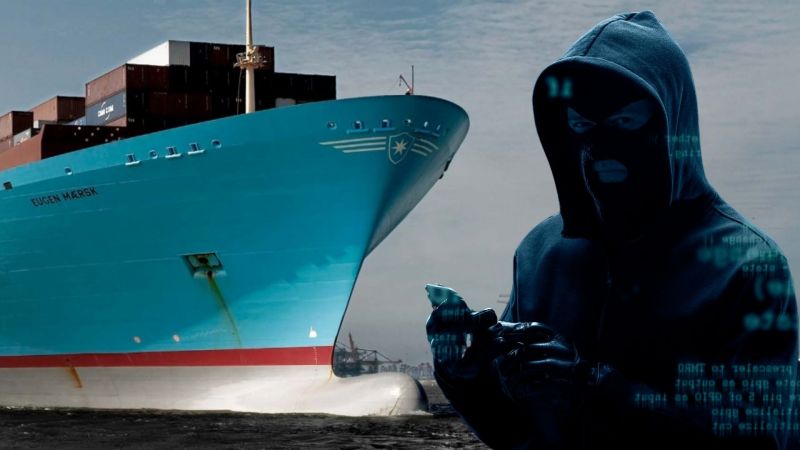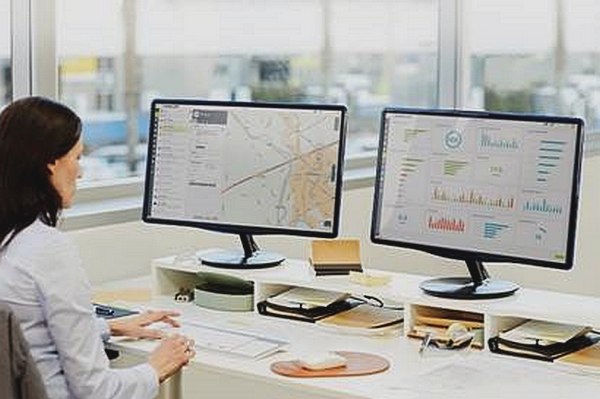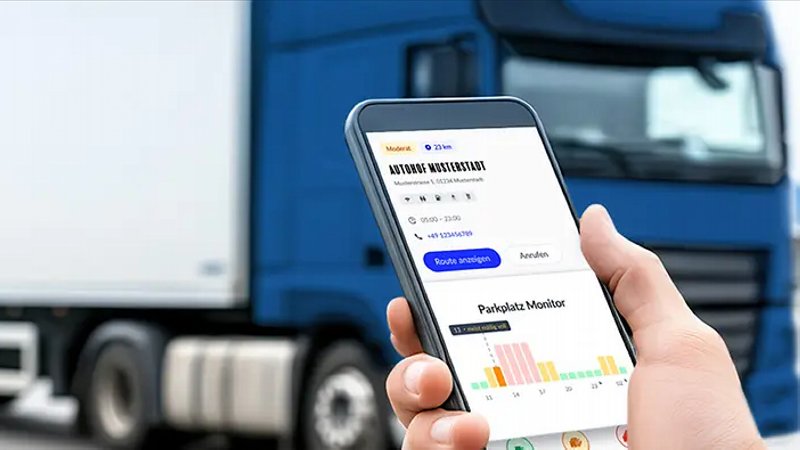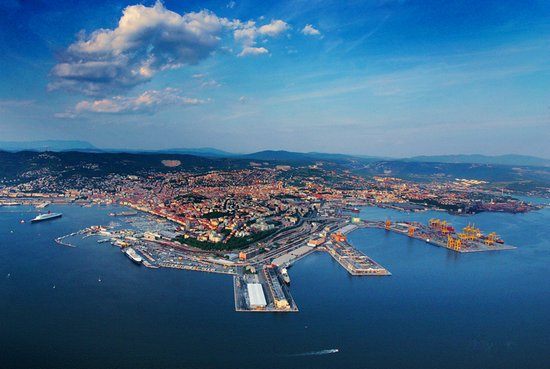As is customary every two years, the ADR regulations will be updated in January 2025. This edition incorporates technical innovations in transport and new products introduced to the market over the past two years. As in previous updates, a six-month transitional period will apply until 1 July 2025. Below is an overview of the key changes.
Transport document
The ADR transport document has undergone revisions to its correct wording. These changes aim to enhance clarity and precision in document completion, reducing errors and ensuring the proper identification of transported dangerous goods. Documents must be kept in the vehicle’s cabin and must include the registration number of the transporting vehicle (This only applies to Adr documents in electronic format). For hospital or medical waste (UN 3291), it is permissible to include an estimated quantity in the document. When transporting waste in different internal packages within the same external packaging, the document should state “Transport in accordance with 4.1.1.5.3” without the need to add the technical name as specified in Special Provision 2748.
Technical provisions
The ADR 2025 introduces significant technical updates. For tanks and containers, new provisions specify filling requirements for tanks transporting liquids at temperatures above 50°C. Additionally, technical standards for tank construction and inspection have been updated, referencing the latest EN and ISO standards.
Demountable bodies are now treated equivalently to containers for plating purposes and must be labelled on all four sides. For waste in mixed packaging, paragraph 4.1.1.5.3 outlines permitted packaging methods for waste composed of internal containers of varying sizes and materials. The transport document must also adhere to new identification requirements under paragraph 5.4.1.1.3.3.
Updates have also been introduced for electric, battery-powered, and hydrogen-powered vehicles. Electric vehicles can now be authorised for the transport of flammable substances (FL vehicles), and this authorisation extends to hydrogen fuel cell vehicles and those with hydrogen internal combustion engines. However, new safety measures, particularly fire prevention, have been implemented.
Sodium-ion batteries
One of the most significant changes is the introduction of provisions for sodium-ion batteries, as well as devices and vehicles powered by them. Sodium-ion batteries present a promising alternative to lithium-ion batteries, offering advantages in environmental sustainability, cost, and safety. ADR 2025 establishes specific regulations for transporting these batteries. These batteries are classified into several categories:
- UN 3551: Sodium-ion cells and batteries with organic electrolyte, where neither electrode contains metallic sodium.
- UN 3552: Sodium-ion cells and batteries installed in or packed with equipment.
- UN 2795: Sodium-ion batteries with aqueous alkaline electrolyte.
- UN 3292: Batteries containing metallic sodium or sodium alloys.
Special Provision 400 stipulates that sodium-ion batteries are exempt from other ADR provisions if they are short-circuited to ensure no electric energy is present and if the short circuit is easily verifiable (e.g., with a conductive bar between terminals). Individual sodium-ion cells with a nominal energy not exceeding 20 Wh are also exempt from certain ADR requirements. Otherwise, sodium-ion batteries are subject to similar provisions as lithium batteries, including the use of hazard label 9A, specific markings for batteries as outlined in 5.2.1.9, and the special provisions in Chapter 3.31.
Permitted quantities
As in previous ADR editions, the permitted quantities for Class 1 (explosive substances and articles) remain unchanged. However, for system-related reasons, Class 5.1 substances in Packing Group III assigned to Transport Category 3 (maximum quantity 100) have been reclassified to the last group, with a maximum quantity of 300. This change aims to simplify the classification and transport of such substances, reducing the complexity of the tables and ensuring consistency with other ADR provisions.
New UN numbers
Eleven new UN numbers have been added to Table A, identifying newly classified and regulated dangerous substances and materials. This ensures that the transport of these substances complies with international safety standards. Six of these numbers pertain to sodium-ion batteries (Class 9). The others include:
- UN 0514: Fire extinguishing dispersion devices (Class 1).
- UN 3553: Disilane (Class 2).
- UN 3555: Sodium trifluoromethyltetrazole salt in acetone (Class 3).
- UN 3560: Tetramethylammonium hydroxide solutions (Class 6.1).
- UN 3554: Gallium in articles (Class 8).
Until 31 December 2026, substances assigned to UN 3560 may be transported under the conditions of UN 1835 (1.6.1.55). This transitional measure allows industry operators to gradually adapt to the new provisions, ensuring operational continuity and transport safety.



